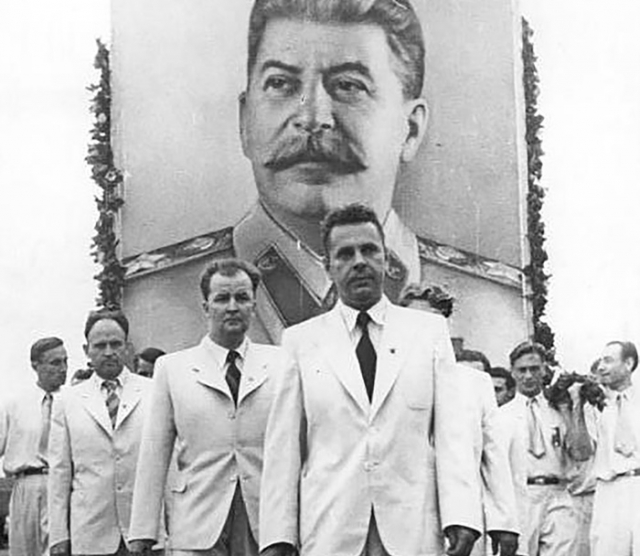What difference has the opening (and closing) of archives after 1991 made to the historiography of the Cold War?
Twentieth-century history

Prior to the East European revolutions of 1989, and the collapse of the Soviet Union in 1991, commentators outside the region were largely reliant on printed material collected by specialist research libraries, informal rrangements with contacts ‘behind the iron curtain’, information that could be gleaned from visits to the region, and the testimonies and research of those who had defected to the West. Historiographies produced from within the socialist bloc were frequently shaped by the Party line.
It is important not to overemphasise the level of top-down vulgarisation of the historical profession in the Soviet sphere: historians across the Eastern bloc conducted archival research and published their findings, and engaged in critical professional dialogues within their fields. In the Soviet Union, particularly after Stalin’s death, and the thaw following Khrushchev’s secret speech of 1956, there was genuine critical engagement about historical narratives in parts of the region. But such work was rarely translated and distributed to Anglophone audiences. The fall of Communism led to an unprecedented opening up of state archival records...
This article is extracted from Exploring and Teaching Twentieth Century History.

